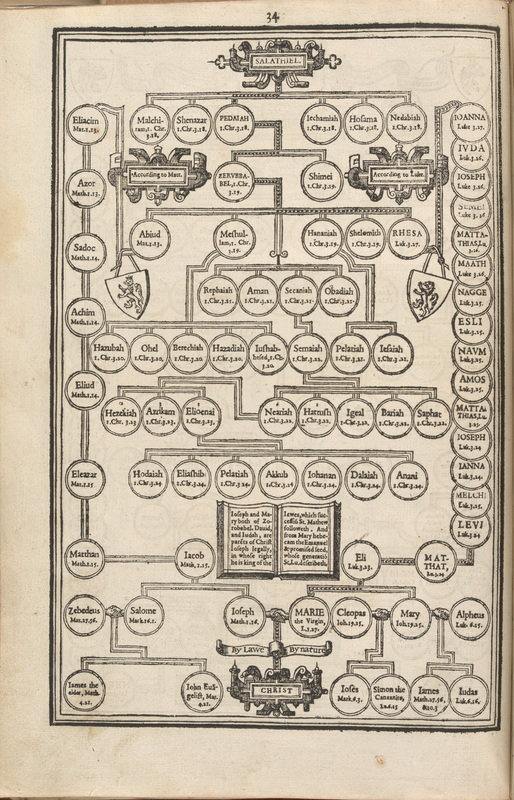The OT contains a mass of Messianic prophecies,
which are difficult to synthesise into a coherent picture.
Hence, in the Talmud, the Rabbis puzzle over how the Messiah can arrive...
Some people think the Messiah will come from Bethlehem (John 7.42),
while others think he will emerge from obscurity and no-one will know anything about his background (7.27).
Isaiah looks forward to a day when YHWH raises up a branch from ‘the root (שרש) of Jesse’ (11.1) and ‘the branch of YHWH’ is glorious (4.2),
which I discuss here:
academia.edu/41135348/
while Luke records Jesus’ *biological* genealogy,
which represents a lesser known Davidic line,...
Legally, Jesus’ origins lie in Bethlehem along with the rest of David’s line,
And Matthew and Luke’s genealogies reflect precisely the events depicted in Isa. 11.1.
And, in its aftermath (in Isa. 11.1), YHWH raises up a branch from the remnant of Jesse,
which is exactly what is recorded in Luke’s genealogy.
and, in its place, he ingrafts a different branch (per the imagery of Rom. 11)—Shealtiel’s branch—, a more humble line descended from Jesse’s remnant,
The same logic is inherent to Jer. 22–23.
At the end of Jer. 22, Jehoiachin’s line is broken off,
and, in its aftermath, YHWH raises up a righteous branch ‘on David’s behalf’ (note לדוד rather than מדוד),
Viewed as such, Matthew and Luke’s genealogies tell a coherent combined story, while their genealogies also fit their respective gospels.
while Luke records the elevation of Nathan’s branch, since Luke presents Jesus as the one who lifts up the humble and lowly (e.g., Luke 1.48ff., 3.5, 14.11, 18.14, etc.).
THE END.
Meanwhile, pdf here:
academia.edu/41217181/









